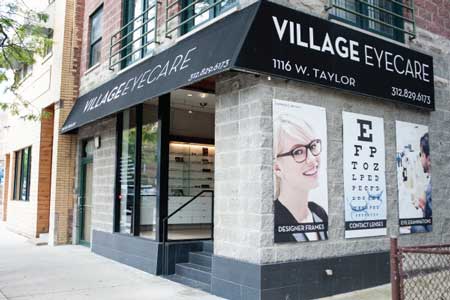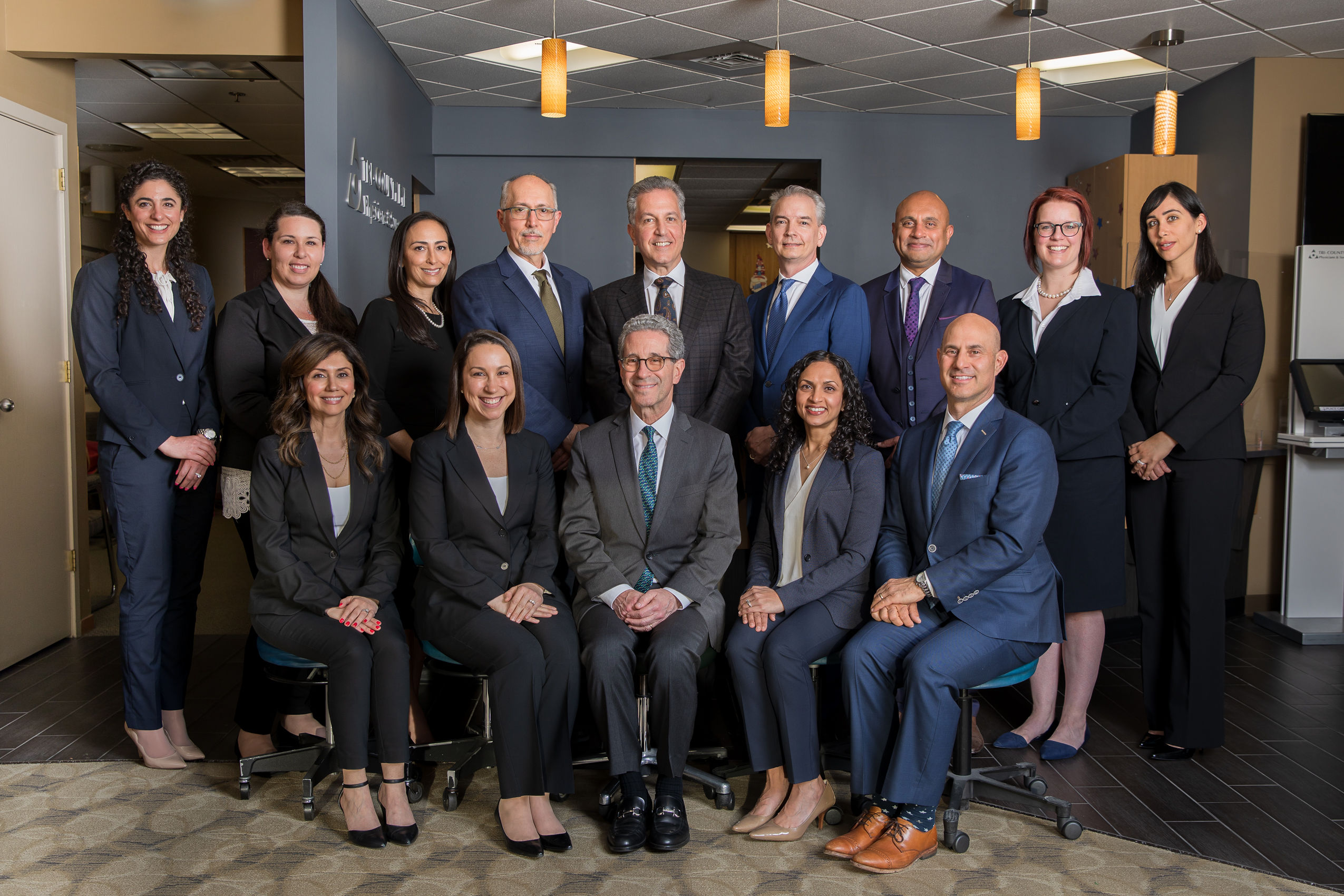Eye Center Andalusia: State-of-the-Art Care for All Ages
Eye Center Andalusia: State-of-the-Art Care for All Ages
Blog Article
Understanding the Different Vision Improvement Procedures Available for Clearer Sight
In the world of vision adjustment treatments, a wide variety of alternatives exist to deal with refractive mistakes and give individuals with more clear view. Let's check out the complexities of these treatments and shed light on the path to attaining boosted vision clarity (Eye Center Andalusia).
LASIK Surgical Treatment
LASIK surgery is a common refractive treatment made use of to correct vision issues such as farsightedness, astigmatism, and nearsightedness. This medical strategy, which stands for Laser-Assisted in Situ Keratomileusis, aims to reshape the cornea to improve exactly how light is concentrated on the retina, inevitably boosting vision clarity. During the procedure, a thin flap is produced on the cornea, and a laser is utilized to eliminate exact quantities of cells to improve it suitably. This improving permits light to be properly focused onto the retina, correcting refractive errors.
One of the primary benefits of LASIK surgical procedure is the fast enhancement in vision experienced by clients. Numerous individuals see a substantial improvement in their sight immediately after the treatment. Furthermore, many patients report marginal pain and pain throughout the surgical treatment and recovery duration. The recovery time for LASIK is fairly quick, with many people returning to their day-to-day activities within a day or 2 post-operation. Generally, LASIK surgery is a preferred option for individuals looking for a long-lasting service for their vision problems.
PRK Treatment

PRK is a suitable alternative for people with thin corneas or those at a higher danger of eye injuries, as it does not include developing a corneal flap. The recovery process for PRK is somewhat longer compared to LASIK, as the epithelium needs time to regrow. Individuals might experience pain and blurry vision for a few days following the procedure.
In spite of the longer healing time, PRK can generate excellent cause vision improvement, making it an important option for those who might not be ideal prospects for LASIK surgical procedure. - Neurologist Andalusia
Implantable Lenses
Unlike PRK where the cornea is reshaped directly, implantable lenses offer one more technique for fixing vision by placing man-made lenses inside the eye. This procedure is especially helpful for individuals with high degrees of farsightedness, astigmatism, or nearsightedness that may not be suitable prospects for laser surgical procedures like LASIK or PRK.
Implantable lenses, likewise referred to as phakic intraocular lenses, work by supplementing the eye's natural lens with an artificial one. These lenses can be positioned in front of the natural lens (former chamber) or behind the iris and in front of the natural lens (posterior chamber) By changing the power and positioning of these lenses, ophthalmologists can efficiently fix refractive errors and enhance visual skill.
One benefit of implantable lenses is that they are exchangeable and removable, providing versatility for future modifications. As with any type of surgical treatment, there are dangers involved, such as infection or cataract development. Patients thinking about implantable lenses must seek advice from an eye care professional to identify one of the most ideal option based upon their individual requirements and eye health.
Corneal Rings

The treatment for putting corneal rings is relatively quick and minimally invasive, commonly carried out as an outpatient procedure. During the surgical read what he said treatment, the eye doctor makes a little cut in the cornea and inserts the rings at a certain deepness. Once in area, the rings aid to improve the cornea, supplying a smoother surface area for light to get in the eye, which can result in clearer vision.
Corneal rings are considered a reversible treatment, as they can be gotten rid of or changed if required. While they might not completely eliminate the demand for glasses or call lenses, corneal rings can dramatically improve vision top quality and overall aesthetic convenience for individuals with keratoconus or other corneal abnormalities.
Refractive Lens Exchange
Following the adjustment of corneal irregularities with treatments like corneal rings, one more vision adjustment technique that can resolve refractive errors is Refractive Lens Exchange (RLE) RLE is a procedure that includes replacing the eye's all-natural lens with a man-made intraocular lens (IOL) to fix refractive errors such as nearsightedness, presbyopia, and farsightedness. This treatment is especially advantageous for people who may not appropriate candidates for procedures like LASIK or PRK because of variables such as slim corneas or high refractive errors.
Recuperation time for RLE is reasonably quick, and clients can anticipate better vision soon after the procedure. As with any surgical treatment, possible risks and problems exist, so a complete consultation with an eye care professional is important to figure out if RLE is the appropriate vision correction option.
Conclusion

In the realm of vision improvement procedures, a multitude of alternatives exist to deal with this website refractive errors and supply individuals with more clear view.LASIK surgery is an usual refractive procedure made use of to fix vision problems such as farsightedness, astigmatism, and nearsightedness.While likewise an usual refractive procedure, the PRK (Photorefractive Keratectomy) method differs from LASIK surgical treatment in its approach to dealing with vision troubles.Following the adjustment of corneal abnormalities with procedures like corneal rings, another vision improvement technique that can attend to refractive errors is Refractive Lens Exchange (RLE) LASIK surgical procedure, PRK procedure, implantable lenses, corneal rings, and refractive lens exchange are all choices that can resolve different vision concerns.
Report this page